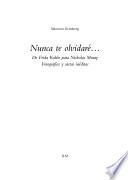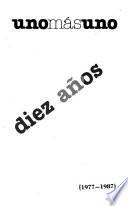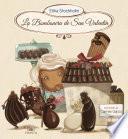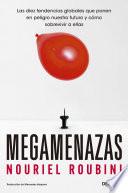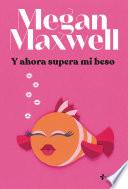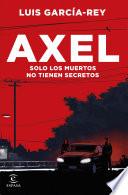Frida Kahlo, una de las figuras más icónicas del arte mexicano y del movimiento feminista, nació el 6 de julio de 1907 en Coyoacán, un suburbio de la Ciudad de México. Desde una edad temprana, Kahlo mostró interés por el arte, influenciada por su padre, un fotógrafo alemán, y su madre, una mestiza que le inculcó valores culturales y artísticos.
A los seis años, Kahlo contrajo polio, lo que le dejó una secuela en su pierna derecha. Esta experiencia la llevó a desarrollar una profunda conexión con su cuerpo y su identidad. En su adolescencia, se unió a un grupo de estudiantes radicales y llegó a estudiar en la Escuela Nacional Preparatoria, donde comenzó a explorar sus ideales políticos y su pasión por el arte.
Sin embargo, su vida dio un giro devastador en 1925, cuando sufrió un grave accidente de autobús que la dejó con múltiples fracturas y problemas de salud crónicos. Durante su convalecencia, comenzó a pintar autorretratos, utilizando un espejo que le colgaba sobre su cama. Esta experiencia no solo marcó su camino como artista sino que también la imbuyó en una profunda exploración de su identidad, su dolor y su vida personal.
En 1931, Kahlo se casó con el famoso muralista Diego Rivera, quien se convirtió en una figura central en su vida y su arte. Su relación fue tumultuosa, marcada por la infidelidad y el amor apasionado. Sin embargo, ambos artistas compartieron una conexión profunda en su compromiso político y su amor por la cultura mexicana. Kahlo adoptó el estilo del surrealismo y se esforzó por retratar, a través de su arte, su dolor físico y emocional, así como su experiencia como mujer.
- Su obra más notable incluye Las dos Fridas, un autorretrato que refleja su dualidad como persona y sus luchas internas.
- El Autorretrato con collar de espinas muestra su sufrimiento y su indomable espíritu.
Frida Kahlo se convirtió en un símbolo del feminismo y de la lucha por los derechos de las mujeres en su país y en el mundo. Su estilo único, que combinaba elementos del folclore mexicano con el simbolismo personal, la condujo a un reconocimiento mundial. A lo largo de su vida, su salud seguía deteriorándose, pero ella continuó creando hasta su muerte.
El 13 de julio de 1954, Frida Kahlo falleció a la edad de 47 años. Su legado perdura no solo a través de su arte, que sigue siendo exhibido en todo el mundo, sino también en el modo en que inspiró a generaciones de mujeres a abrazar su identidad, sus luchas y sus voces. Su Casa Azul en Coyoacán se ha convertido en un museo y un faro de su vida y su obra, atrayendo a visitantes de todo el mundo que buscan entender la complejidad de esta mujer extraordinaria.
Hoy, Frida Kahlo es recordada no solo como una pintora talentosa, sino como un ícono cultural cuya vida y trabajo reflejan la lucha por la autenticidad y la resistencia ante el sufrimiento. Su voz sigue resonando en los corazones de quienes buscan inspiración en su historia y en su arte. Su vida es un testimonio de la fuerza y la resiliencia ante las adversidades y un poderoso recordatorio de la importancia de la autoexpresión.

